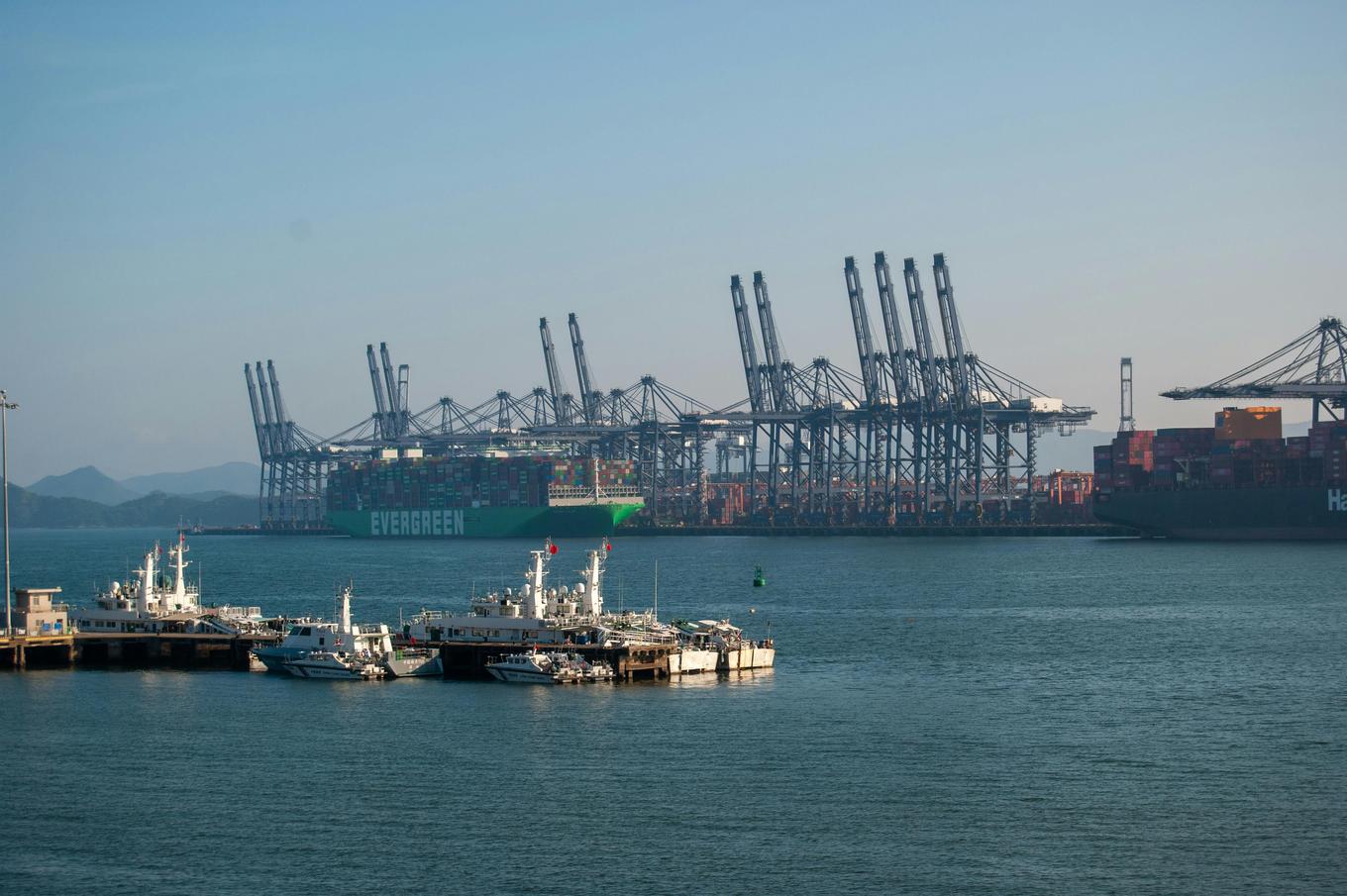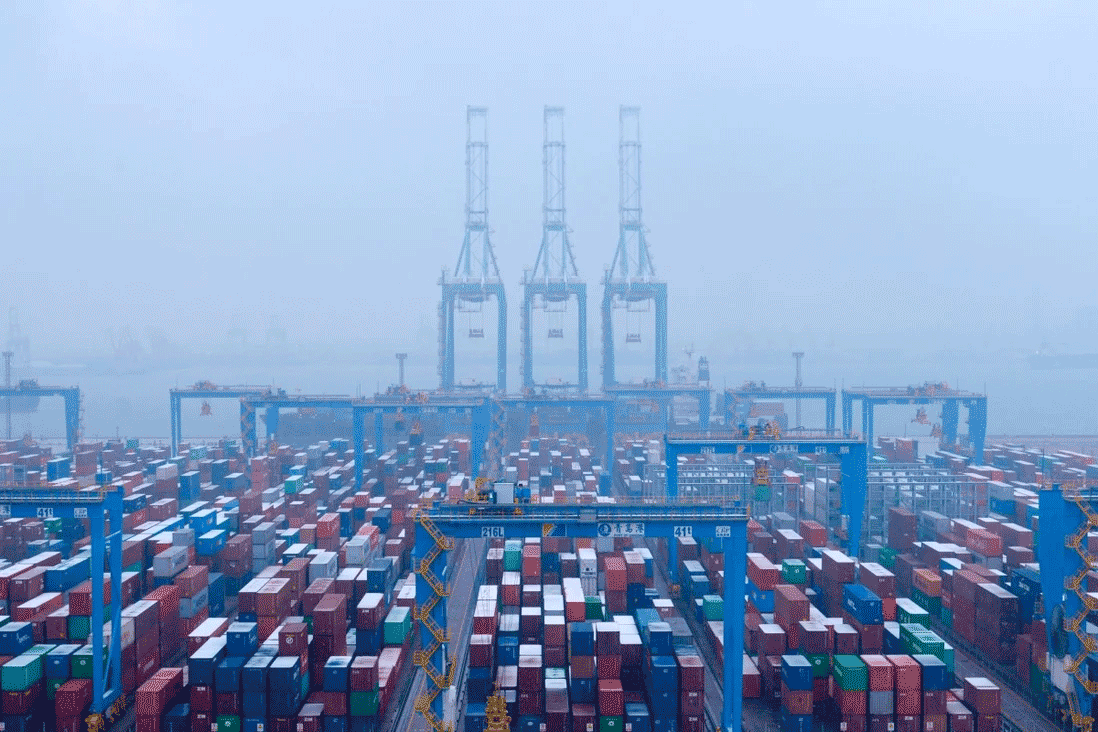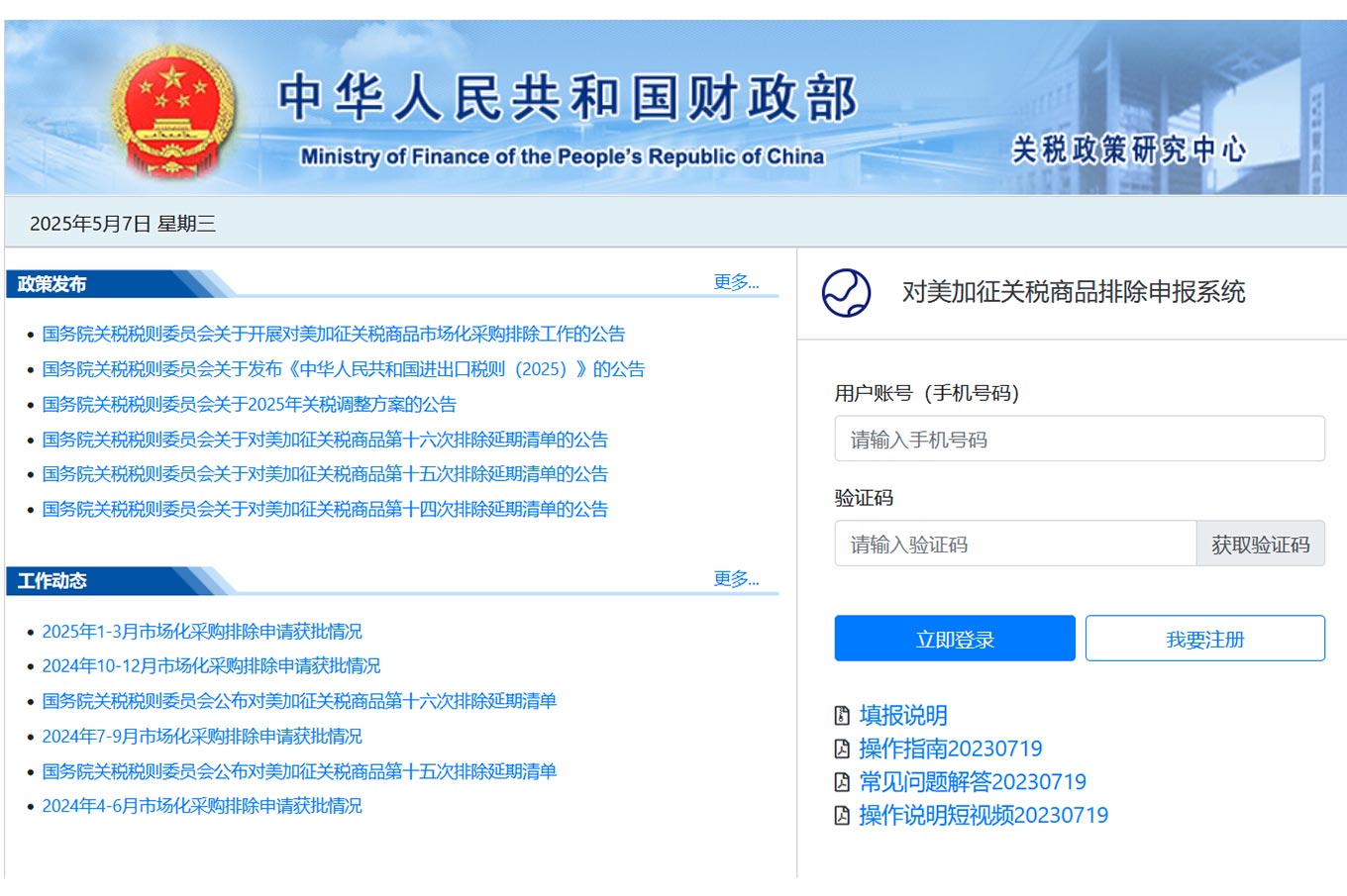- Shanghai Zhongshen International Trade Co., Ltd. - Two decades of trade agency expertise.
- Service Hotline: 139 1787 2118
Over the past year, India's gold imports have experienced significant growth, especially in February 2024, when imports reached $6.15 billion, nearly double the "standard" monthly import volume, reflecting the substantial domestic demand for gold. According to the announcement by the Indian Ministry of Commerce and Industry, this figure set a new historical record, representing a 2.3-fold increase compared to the same period in 2023 and a 3.2-fold rise from January 2024. In the first two months of 2024, the total value of gold imported by India has already reached $8.06 billion.

India is one of the worlds largest gold importers and consumers, despite not producing this precious metal domestically. In 2023, the country imported approximately 744 tons of gold, worth about $42.6 billion. This enormous demand is primarily driven by Indias deep cultural affinity for gold and its traditional role as an investment and store of value.
However, Prithviraj Kothari, President of the India Bullion and Jewellers Association, pointed out that gold imports may face a "collapse" risk due to "excessively high" prices. Kothari stated: "Consumers cannot 'digest' the steep prices, which will inevitably impact purchases during India's current wedding season."
Meanwhile, on March 10, 2024, after 15 years of negotiations, India finally signed a free trade agreement (TEPA) with the European Free Trade Association (EFTA) member states Switzerland, Norway, Iceland, and Liechtenstein. The agreement aims to reduce tariffs on various products and attract foreign direct investment, covering over 95% of Indias exports. Notably, however, gold was not included in this trade agreement.
This means that although India may enjoy tariff reductions and trade facilitation in other areas, gold imports remain unaffected by this trade agreement. Additionally, a range of agricultural products, dairy products, and coal were also excluded from the agreement, which may have long-term impacts on Indias import structure and prices.
The signing of this trade agreement, though not involving gold, heralds a new era in trade relations between India and non-EU European countries. Products such as electrical machinery, watches, and packaged foods will soon be able to enter the Indian market at lower tariffs, potentially altering the competitive landscape of related markets and offering consumers more choices and possible price advantages.
Overall, despite the significant increase in Indias gold imports, reflecting strong domestic demand, the high prices and the exclusion of gold from the EFTA trade agreement remain major challenges for Indias jewelry industry and consumers. Additionally, the Indian government and industry leaders may need to explore new strategies and measures to maintain the stability and development of the gold market while meeting the growing domestic demand for gold.
Related Recommendations
? 2025. All Rights Reserved. Shanghai ICP No. 2023007705-2  PSB Record: Shanghai No.31011502009912
PSB Record: Shanghai No.31011502009912










